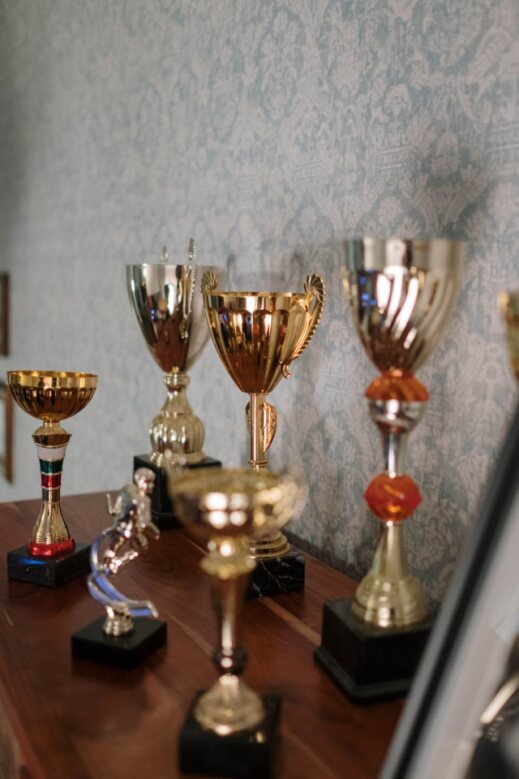Musings on mussels; and a sea of possibility

By Laura Stephenson, Account Director, Energy
Global reliance on the ocean is often unsung. But as well as being a critical life sustaining force of nature, it’s also the home of energy platforms, pre-historic fish species and a transportation highway for 90% of our goods. Respect and preservation should be high on agendas; but the challenge for regulators is to keep up with environmental and protective requirements.
Thus, the size and scale of the challenge ahead for maritime cannot be underestimated. But this isn’t the first time the shipping industry has undergone a transformation. If you take a closer look, you’ll find examples across the globe that inspire confidence in the industry’s ability to operate sustainably, in symbiosis with its environment.
In the Galicia region, Spain, looking out over the Vigo estuary you’ll be hard pressed not to notice the evenly spaced, wooden platforms, decorating the coastline. Belonging mostly to local families, these unassuming fixtures represent a key source of income, playing host to gastronomical delights of locals and visitors alike; if you’re into molluscs, that is.
On the last bright day in October, stepping onto a boat I was transported to the centre of one of Galicia’s many mussel farms. The structures, latticed from eucalyptus timber due to the tree’s local prevalence (a story for another time…), sit at around 550m2, propped up by floats made from barrels. Ropes descend from the floating platforms, which is where the molluscs grow.
Phytoplankton is delivered to the young mussels at a near continuous rate, made possible by serendipitous current formations bringing the plankton rich water to the ocean from the rivers. Once they reach 6-months old, the young mussels are plucked from their ropes and re-attached to empty ones in lower densities. This gives them more room to grow to full maturity which is usually around a year; though the rate at which this happens depends on the regularity and speed of food supply.
Those closer to the estuaries get the choicest, nutrient rich water, growing at a faster rate; while those mussels residing on platforms further back receive sparser concentrations of phytoplankton resulting in slower growth rates. The closer, faster growing mussels usually sell for a premium – and as a result, so do the platforms; though families aren’t often in the habit of selling.
Being out there on the water, these platforms are a far-cry from the caterwauling and clamour associated with modern mass-production methods. However, these family-run farms mean big business for Galicia, representing 50% of global mussel production and 94% of Spain’s, with customers varying from supermarket chains to local restaurants.
In the shadow of Seaspiracy, while this might not be everyone’s idea of a sustainable, ethical food source, clean water is instrumental to mussel quality; which means strict clean water regulations have been implemented and are adhered to. Feeding by filtration, mussels, and other marine bivalves such as oysters and clams, get their nutrients from the surrounding water. They truly are what they eat. In a beautiful twist of symbiosis, they purify the water they feed from, leaving it cleaner than before.
Healthier relationships between human economic activity and the marine environment are not only possible, but also imperative to safeguarding our future. We can and must do better at every level which will require communication and collaboration to meet the challenges ahead.
From November 30th– December 2nd I’ll be joining over 12,000 attendees at the International Workboat Show in New Orleans, to keep pace with the latest challenges and opportunities facing the maritime industry. If you’d like to learn more about raising your profile in this space, please get in touch.

